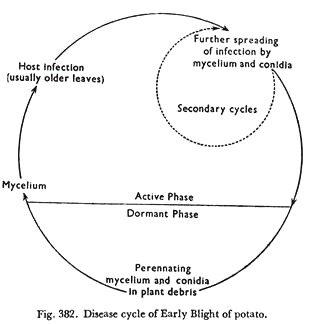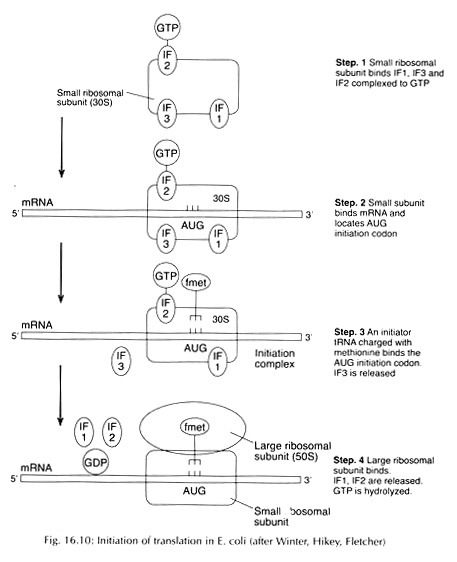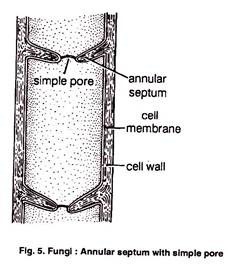This article provides information about Centrosome, its Structure, Chemical composition, Functions and Origin!
Centrosome or cell centre is the area of cytoplasm (often a clear zone) around the centriole.
It is also called micro-centrum. Centrosome is found lying in the centre of the cell, near the nucleus, in the cytoplasm. In Metazoa, centrosome lies outside nucleus, but in Protozoa it lies within the nucleus.
It is not a universal cell constituent as it is lacking in some plant cells. They were discovered by Van Benden (1880), in cells of certain parasites of cephalopods, indicating it as origin of aster. Later on, T. Boveri in 1888 described it in detail. The substance of centrosome is called kinoplasm which consists of two parts —
(1) Smaller bodies or centrioles.
(2) Surrounding mass or centrosphere.
Contents
Centrioles:
Centrioles are cytoplasmic bodies found in most animal cells. These are located at one pole of cell just outside the nuclear envelope. Plant cells lack centrioles, but the spindle is formed without their aid.
These may be one or two, which are darkly staining particles or rods made of RNA. Light microscopists referred them as the diplosome and regarded the diplosome as an indicator of the cellular symmetry axis. During resting stage it is generally one, but as cell division begins, it divides into two.
Structure of centriole:
Under electron microscope, centrioles are usually seen as paired hollow cylinders 3000 to 5000 A long and 1200 to 1500 A in diameter, open at one (when it carries a cilium) or both ends and lying at right angles to each other. The wall of the centriole or hollow cylinder is composed of nine sets of hollow triple microtubules arranged in a circle and embedded in a dense granular or amorphous, electron dense matrix.
Sometimes there appear to be granular disc, so called satellites, around the centriole. Each triplet formed of three microtubules run oblique (or slanting) toward the centre. In transverse section the triplets are arranged like the vanes of a pin—wheel.
The triplets remain slightly tilted to form an anlge of about 40° to the radius of the imaginary central cylinder. These nine triplets are considered to form the wall of the cylinder since centriole has no outer membrane.
The microtubules have adielectronic walls of 50 A diameter and inner lumen which is 120-130 A. The triplet subfibres are usually designated as A, В and С from the centre toward the periphery (after Threadgold 1968), and their length is 560 A.
The innermost tubule is A, the middle one is В and the outer one is C. Subfibres A and В both cross the ciliary plate and are continuous with the corresponding subfibres in the axoneme. Subfibre С terminates near the ciliary plate.
(If the centriole carries a cilium and open at only one end, then it is separated from the cilium by a ciliary plate). The nine sets of triplet microtubules are joined by fine, fibre-like connections. There are no central microtubules in the centrioles and no special arms.
The subfibre A is formed of thirteen globular subunits. The subtubule A of each triplet is linked with subtubule С of the neighbouring triplet by a connective of some dense material (DM), that is also formed of globular subunits.
In some species, A-A links are more prominent, and in Pseudo- trychonympha C-C links are present in addition to С-A link. These links or connections are called linkers and are responsible for oblique tilt of triplets.
On the inner side of each individual triplet, there runs a dense ‘line’ called triplet base, connecting subfires A and C. Besides, there is present a dense RNA positive granule called foot. The centre of centriole is moderately adielectronic, having core of 200 A diameter.
Centrosphere:
It is denser area of cytoplasm, surrounding the centrioles. This region may correspond to pericentriolar structures often seen near centriole surface, under electron microscope.
Chemical composition of centriole:
The subfibres or microtubules of centriole contain the structural protein, tubulin, and lipid molecules (Fulton, 1971). The centrioles contain a high concentration of ATPase enzyme. Presence of nucleic acid in centrioles is doubtful.
Centrosome of cyclops is formed of basic albumin, polysaccharides and RNA (Stich, 1954).
Function of Centrosome:
The centrosome appears to initiate cell division, and centriole is involved in the formation of spindle and astral rays from protein molecules connceted by S-H bonds. Spindle fibres are also composed of microtubules, and these fibres are responsible for chromosomal movements during cell division.
Centrioles give rise to basal bodies (kinetosme) or cilia and flagella.
Origin of centrioles:
(1) During the era of light microscopy, it was believed that centrioles arise by ‘division’ of previously existing ones. But electron microscopic examination failed to confirm that centrioles undergo any division process at all, or even they do not arise from one another by budding.
(2) Centriole arises de novo (afresh) by assembly of precursor molecules. The new centriole first appears as ‘procentriole’, which resembles the mature in cross-sectional dimensions and structure, but is very much shorter (about 1500 A).
In addition, the procentriole is oriented precisely at right angles to the mature centriole. It later lengthen into cylinder. The groups of three tubules originate from single and double groups that first appear at the base of the procentriole. When they are half grown, the daughter centrioles are released into cytoplasm to complete their maturation.





